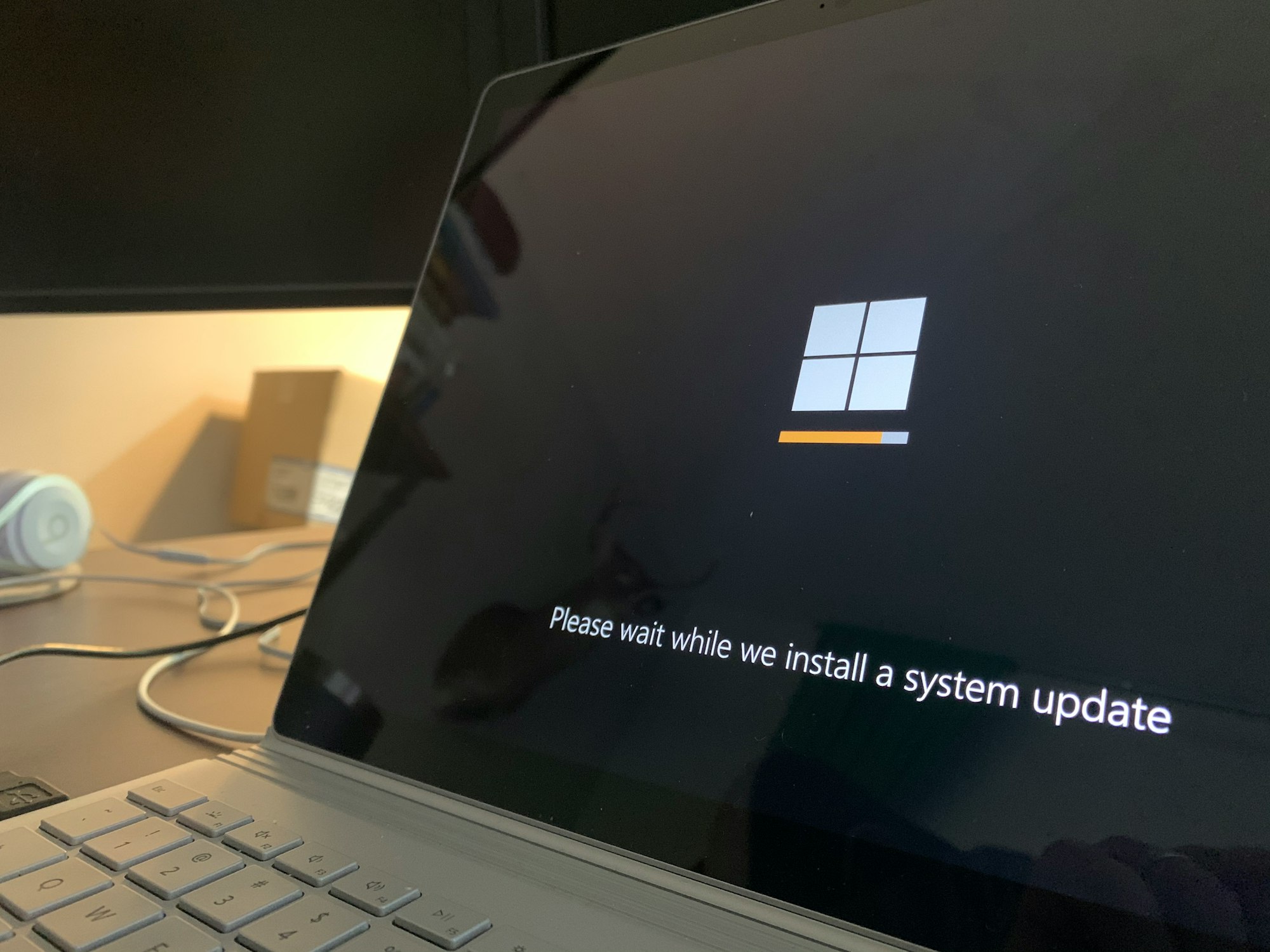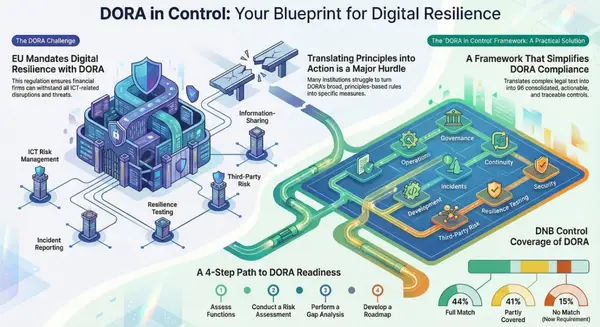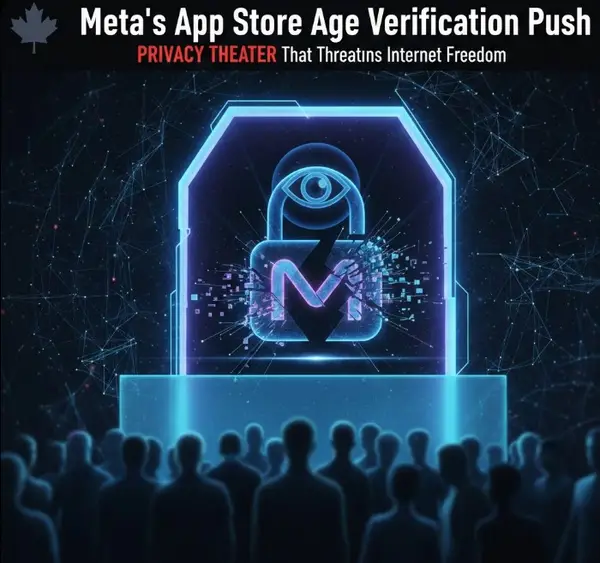The Compliance Minefield: How End-of-Life Systems Put Organizations at Legal and Financial Risk

A Comprehensive Guide for Compliance Officers, CISOs, and Risk Management Professionals
Executive Summary
Running end-of-life (EOL) operating systems and software isn't just a security issue—it's a compliance crisis waiting to happen. With Windows 10 reaching end-of-life on October 14, 2025, and organizations across industries still running unsupported systems, the regulatory and legal implications are severe and far-reaching.
This article examines the intersection of end-of-life technology and regulatory compliance, covering HIPAA, PCI DSS, GDPR, state breach notification laws, cyber insurance requirements, and digital forensics challenges. For compliance officers and legal teams, understanding these risks is not optional—it's mission-critical.
Key Takeaways:
- Using EOL systems creates direct violations of multiple regulatory frameworks
- Cyber insurance carriers are denying claims for breaches involving unsupported software
- State and federal breach notification laws hold organizations to strict timelines (30-72 hours)
- Post-breach forensic investigations are compromised when EOL systems are involved
- Regulatory fines can reach millions of dollars for non-compliance

The Compliance Landscape for EOL Systems
What Regulators Actually Care About
When regulatory bodies evaluate an organization's compliance posture, they focus on one fundamental question: Can you protect the data you're entrusted with?
End-of-life systems create an immediate, documented failure to meet this standard. When software vendors cease security updates, they explicitly state that known vulnerabilities will remain unpatched. From a regulatory perspective, this represents:
- Willful negligence in data protection
- Failure to implement reasonable safeguards
- Inadequate risk management
- Non-compliance with mandated security standards
The October 2025 Watershed Moment
With Windows 10 reaching end-of-life on October 14, 2025, organizations face an unprecedented compliance challenge. Windows 10 currently powers approximately 60% of all Windows-based systems globally. After this date, every Windows 10 system without Extended Security Updates (ESU) becomes a compliance liability across multiple regulatory frameworks simultaneously.
Why "It Still Works" Doesn't Matter
The most dangerous misconception among business leaders is that operational functionality equals compliance. EOL systems continue to boot, run applications, and process transactions—but that operational continuity creates a false sense of security that can be catastrophic from a regulatory standpoint.
Regulators don't care if your systems "still work." They care whether you've implemented adequate safeguards to protect sensitive data. Once a vendor declares end-of-life, the regulatory clock starts ticking.
HIPAA: Healthcare's Unsupported Software Problem
The Security Rule's Unambiguous Requirements
The Health Insurance Portability and Accountability Act (HIPAA) Security Rule, codified at 45 C.F.R. § 164.308, establishes clear obligations for covered entities and business associates. Specifically, the Security Rule requires organizations to:
§ 164.308(a)(5)(ii)(B) - Implement procedures for detecting, guarding against, and reporting malicious software.
Once Windows 10 reaches end-of-life, organizations can no longer satisfy this requirement. Without vendor-supplied security patches, newly discovered vulnerabilities remain exploitable indefinitely. This creates an irremediable compliance gap.
HHS Guidance on Unsupported Systems
The Department of Health and Human Services (HHS) Office for Civil Rights has directly addressed this issue in official guidance: "Failure to update software to avoid known vulnerabilities may be a violation of the HIPAA Security Rule."
While it's not automatically a HIPAA violation to continue using EOL software, OCR has made clear that organizations must implement compensating controls if they choose to maintain legacy systems. These compensating controls must include:
- Enhanced system activity reviews and audit logging
- Restricted access to a reduced number of users
- Strengthened authentication requirements and access controls
- Network segmentation isolating the EOL system
- Application allow lists preventing unauthorized software execution
- Regular security assessments specific to the legacy environment
Critical Point: Simply having these compensating controls isn't enough—you must document them, maintain them, and prove their effectiveness during audits.
Real-World Enforcement Actions
Healthcare organizations have already faced significant penalties for failing to maintain supported systems:
- In 2024, a regional healthcare system paid $4.75 million in settlement after a breach investigation revealed they were running unsupported Windows systems that facilitated a ransomware attack affecting 300,000 patient records.
- OCR investigations consistently find that outdated operating systems contribute to HIPAA violations, particularly when combined with inadequate risk assessments.
The HIPAA Audit Trigger
HIPAA audits flag unsupported software as a major compliance violation. During an audit or breach investigation, auditors will examine:
- Date of last security updates received
- Whether systems are within vendor support lifecycle
- Documentation of risk assessments addressing EOL systems
- Evidence of compensating controls implementation
- Incident response preparedness for legacy system compromises
After October 14, 2025, any healthcare organization running Windows 10 without ESU will face immediate scrutiny during HIPAA assessments.
Business Associate Agreement (BAA) Implications
If you're a business associate handling electronic protected health information (ePHI), your BAA likely contains provisions requiring you to maintain current security controls. Running EOL systems could constitute a breach of contract with your covered entity clients, exposing you to:
- Contract termination
- Financial liability for resulting breaches
- Loss of business relationships
- Reputational damage in the healthcare market
PCI DSS: Payment Card Industry Requirements
The March 2025 Deadline You Can't Ignore
Payment Card Industry Data Security Standard (PCI DSS) version 4.0 introduced 51 future-dated requirements that were designated as "best practices" when the standard was released. On March 31, 2025, these requirements became mandatory.
Among these newly mandatory requirements is Requirement 12.3.4, which directly addresses end-of-life technology:
PCI DSS Requirement 12.3.4: Hardware and software technologies in use must be reviewed at least once every 12 months, including at minimum:
- Analysis that technologies continue to receive security fixes from vendors promptly
- Analysis that technologies continue to support (and do not preclude) the entity's PCI DSS compliance
- Documentation of any industry announcements or trends related to a technology, such as when a vendor has announced "end of life" plans
- Documentation of a plan, approved by senior management, to remediate outdated technologies, including those for which vendors have announced "end of life" plans
What This Means for Windows 10 Systems
If your organization processes, stores, or transmits cardholder data using Windows 10 systems, you must:
- Document Microsoft's October 14, 2025 end-of-life announcement
- Assess whether Windows 10 EOL precludes PCI DSS compliance (it does)
- Create a senior management-approved remediation plan
- Implement that plan before your next PCI DSS assessment
Failure to comply means failing your PCI DSS assessment, which triggers:
- Potential loss of ability to process credit card transactions
- Fines from acquiring banks ($5,000 to $100,000 per month)
- Increased transaction fees
- Mandatory quarterly audits
- Potential contract termination with payment processors
The "Security Patch" Requirement
PCI DSS Requirement 6.2 has always mandated: "Protect all system components and software from known vulnerabilities by installing applicable vendor-supplied security patches. Install critical security patches within one month of release."
After October 14, 2025, Windows 10 systems cannot receive vendor-supplied security patches. This creates an automatic PCI DSS violation for any system processing cardholder data.
Your QSA Will Fail You
Qualified Security Assessors (QSAs) conducting PCI DSS audits must mark non-compliant components as such. While QSAs have some discretion in applying exceptions with proper justification, running EOL systems in the cardholder data environment (CDE) is extremely difficult to justify.
Historical precedent shows that assessors may fail organizations for EOL systems even with secondary security controls like network segmentation and enhanced monitoring. The underlying issue remains: if patches don't exist, the vulnerability cannot be remediated.
Compensating Controls: Proceed with Caution
PCI DSS allows compensating controls, but they must:
- Meet the intent and rigor of the original requirement
- Provide a similar level of defense
- Be "above and beyond" other PCI DSS requirements
- Be commensurate with the additional risk imposed by not adhering to the PCI DSS requirement
For EOL systems, acceptable compensating controls might include:
- Complete isolation from the CDE
- Air-gapping from networks processing cardholder data
- Enhanced monitoring with 24/7 SOC coverage
- Application whitelisting and execution controls
- Real-time intrusion prevention systems
However: Compensating controls are expensive, complex to maintain, and must be re-validated at each assessment. Upgrading to supported systems is almost always more cost-effective.
GDPR: European Data Protection Obligations
The 72-Hour Breach Notification Clock
The General Data Protection Regulation (GDPR) Article 33 establishes strict breach notification requirements. Organizations must notify their supervisory authority of a personal data breach within 72 hours of becoming aware of it.
Here's where EOL systems create a perfect storm:
- Breaches involving EOL systems are often more severe due to unpatched vulnerabilities
- Detection is frequently delayed because legacy systems lack modern security monitoring
- The 72-hour window includes breach investigation time — if you can't quickly determine scope because your EOL system lacks proper logging, you're still on the clock
- Delayed notification requires justification — "our systems were outdated" is not an acceptable reason
Article 5: The Security Principle
GDPR Article 5(1)(f) requires that personal data be "processed in a manner that ensures appropriate security of the personal data, including protection against unauthorised or unlawful processing and against accidental loss, destruction or damage, using appropriate technical and organisational measures."
EOL systems create a direct conflict with this principle. Data protection authorities (DPAs) across Europe have consistently held that failing to maintain current, supported systems violates this fundamental GDPR obligation.
The "State of the Art" Standard
GDPR Article 32 requires organizations to implement security measures that are appropriate to the risk, taking into account the state of the art. This is a dynamic standard—what was acceptable in 2020 is not acceptable in 2025.
When assessing "state of the art," DPAs consider:
- Industry security standards and best practices
- Vendor support lifecycles and security update availability
- Known vulnerabilities and exploitation patterns
- Availability of modern alternative solutions
Running Windows 10 after October 14, 2025 fails the "state of the art" test. Regulators will view it as using outdated technology when better alternatives are readily available.
GDPR Fines: The Financial Reality
GDPR violations can result in fines up to:
- €20 million or 4% of global annual turnover (whichever is higher) for serious violations
- €10 million or 2% of global annual turnover for breach notification failures
Recent enforcement actions show that DPAs are particularly harsh when data breaches stem from inadequate technical measures—precisely the issue with EOL systems.
Case Example: In 2024, a European retailer faced a €5.2 million fine after a breach investigation revealed they were running unsupported operating systems. The DPA noted that the organization had been warned about the risks but failed to act, viewing this as willful negligence under GDPR.
Documentation Requirements
GDPR Article 33(5) requires organizations to document all personal data breaches, including:
- Facts relating to the breach
- Its effects
- Remedial action taken
When a breach involves an EOL system, your documentation must explain:
- Why the EOL system was still in use
- What compensating controls were in place
- Why those controls failed to prevent the breach
- Your timeline for migrating to supported systems
This documentation will be used against you in regulatory proceedings and potential litigation.
State Breach Notification Laws: A Patchwork of Requirements
The New York Standard: 30 Days and Counting
On December 24, 2024, New York amended its data breach notification law (GBL § 899-aa), creating one of the strictest breach notification regimes in the United States. Effective immediately, the law requires:
30-day notification deadline - Organizations must notify affected New York residents within 30 days of discovering a breach. This is the shortest notification deadline among states with explicit timelines.
NYDFS reporting requirement - The New York Department of Financial Services (NYDFS) must be notified of breaches, in addition to the Attorney General, Department of State, and State Police.
Expanded definition of "private information" - Effective March 21, 2025, the definition includes medical information and health insurance information, creating overlapping obligations with HIPAA.
The NYDFS Cybersecurity Regulation (23 NYCRR Part 500)
For covered entities under NYDFS regulations (banks, insurance companies, and other financial services firms licensed in New York), the requirements are even stricter:
- 72-hour reporting deadline for cybersecurity events
- 24-hour reporting deadline for ransomware/extortion payments
- Mandatory annual cybersecurity assessments
- CISO certification of compliance
Critical Update - November 1, 2025: NYDFS regulations now require multi-factor authentication (MFA) for ANY individual accessing ANY information systems, with very limited exceptions. EOL systems often lack modern authentication integration, making compliance technically challenging.
California's 30-Day Rule (Coming Soon)
California passed SB 446 in September 2025, aligning with New York by requiring breach disclosure within 30 calendar days of discovery. Given California's massive economy and the number of residents affected by most breaches, this creates nationwide implications.
The Multi-State Compliance Nightmare
Organizations operating nationally must navigate:
- 50 different state breach notification laws
- Varying definitions of "personal information"
- Different notification timelines (from "without unreasonable delay" to specific 30-day deadlines)
- Different agency reporting requirements
- Varying content requirements for breach notifications
EOL systems exacerbate this complexity because:
- Breaches are harder to detect quickly on unsupported systems
- Forensic investigation is more difficult without modern logging
- Meeting short deadlines becomes nearly impossible
- Demonstrating "reasonable security measures" is challenging
State Attorney General Enforcement
State Attorneys General are increasingly active in enforcing breach notification laws. In 2024-2025, we've seen:
- Multi-state coordinated investigations
- Consent decrees requiring specific security improvements
- Financial settlements ranging from hundreds of thousands to millions of dollars
- Public disclosure of security failings
When an organization using EOL systems suffers a breach, expect AGs to highlight this in enforcement actions as evidence of inadequate security practices.
The "Reasonable Security" Standard
Most state breach notification laws contain language requiring organizations to implement "reasonable security measures" to protect personal information. While the definition varies by state, courts and regulators have consistently held that:
- Failing to apply available security patches is unreasonable
- Using software beyond its support lifecycle is unreasonable
- Ignoring known vulnerabilities is unreasonable
After October 14, 2025, running Windows 10 without ESU will be cited as prima facie evidence of unreasonable security practices.
Cyber Insurance: The Hidden Exclusions
The 2025 Cyber Insurance Reality
The cyber insurance market has undergone dramatic changes in the past two years. After paying billions in ransomware claims, insurers have significantly tightened underwriting requirements and policy language. End-of-life systems are now a dealbreaker.







